The earliest known seafood dinner was a bowl of shellfish eaten on the coast of South Africa 165,000 years ago. As long as there have been humans, we’ve eaten seafood.
Seafood is an excellent source of lean protein, omega-3s, iron, and vitamins B and D, and it’s one of the most carbon-efficient foods on the planet. If you’re looking to increase your seafood intake or learn some new cooking techniques, try checking out the free digital Marine Stewardship Council’s (MSC) 2023 Ocean Cookbook, featuring sustainable fish recipes from all over the world, utilizing seafood like scallops, cod, shrimp, and tuna.
Whether it’s in a gooey tuna melt or rolled up into a maki roll, tuna is one of the most versatile kinds of seafood. It’s that versatility that makes the fish the third most popular seafood in the US, after shrimp and salmon, says Chef Adrienne Cheatham, whose tuna tonnato salad is featured in MSC’s 2023 Ocean Cookbook. “Given its popularity, it’s important to know how to look for sustainable tuna choices,” says Cheatham, “so we’re ensuring healthy fish populations now and for our future generations.”
What makes seafood sustainable?
According to the MSC, in order to be considered environmentally sustainable, seafood must come from healthy fish populations, have minimal impact on the marine ecosystem, and be properly managed (so no overfishing). Sustainable seafood can be harvested in perpetuity while still maintaining a healthy environment. That’s what “sustainable” means, after all — able to be sustained.
“Sustainable seafood means it has been caught in a way that means there’s plenty more fish in the sea now and in the future,” says the MSC.
When a fishery is certified with the MSC blue fish label, it means that the fishery meets MSC’s sustainability standards—namely, that the fishery (1) maintains healthy fish populations, (2) minimizes its impact on the environment, and (3) fishes in responsibly managed areas.
“Sustainable seafood means it has been caught in a way that means there’s plenty more fish in the sea now and in the future.”
– Marine Stewardship Council
While most of the fish we get here in the states is wild caught, seafood harvested via aquaculture is the fastest-growing form of food production worldwide according to the National Oceanic and Atmospheric Administration (NOAA). Note that not all wild caught seafood is sustainable, and neither is all aquaculture seafood.
Because most of our fish comes from the ocean, it’s especially important to purchase sustainably fished seafood to ensure healthy fish and marine populations in the future. “I’ve worked with seafood for the entirety of my cooking career and am incredibly passionate about making sure we have access to it for years to come,” says Cheatham.
How do you know if your seafood was harvested sustainably?
In short, read the labels! One of the easiest indicators to look for is the MSC blue fish label, meaning the product has been certified to the MSC Fisheries Standard. The MSC blue fish label provides assurance that the seafood is wild-caught and comes from a certified sustainable source.
Another way to determine your seafood’s sustainability? Research the company that makes it. Companies with sustainable practices want you to know about them, so it doesn’t take long to Google a seafood producer and find out if it puts sustainability at the forefront of its business model.
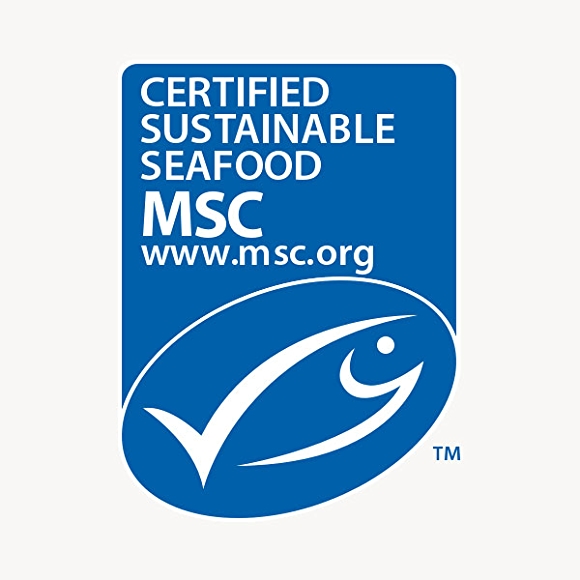
The Perfect Tuna Salad Recipe for Earth Month
For MSC’s 2023 Ocean Cookbook, Cheatham crafted an easy meal with sustainably fished tuna in the spotlight. Her tuna tonnato is full of pantry staples like relish, mustard, and tuna, along with a few fresh veggies for a “light, bright dish that’s perfect for spring and summer,” she says.
Find the full recipe here, which uses lemon, celery, onion, eggs, and potato to liven up tuna salad, bringing it from sad desk lunch territory into “a great lunch or a patio snack to fix for guests, or dinner on a night in,” says Cheatham. She serves the tuna mixture over greens and alongside some satisfying, crusty bread. My local grocery store didn’t have any endive, so I heaped the tuna salad over a bed of spinach and arugula instead—it was one of the best lunches I’ve made in a long time.
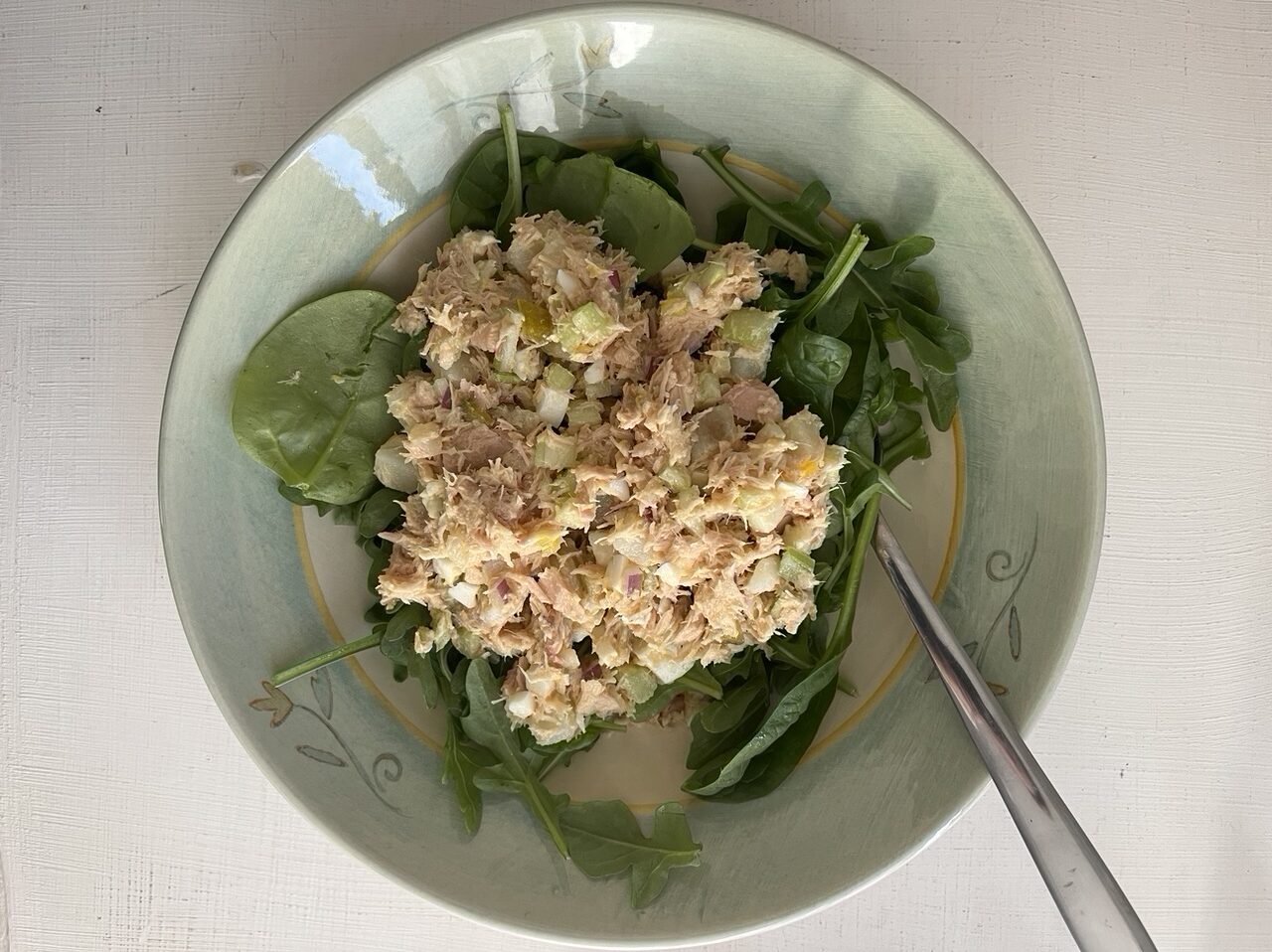
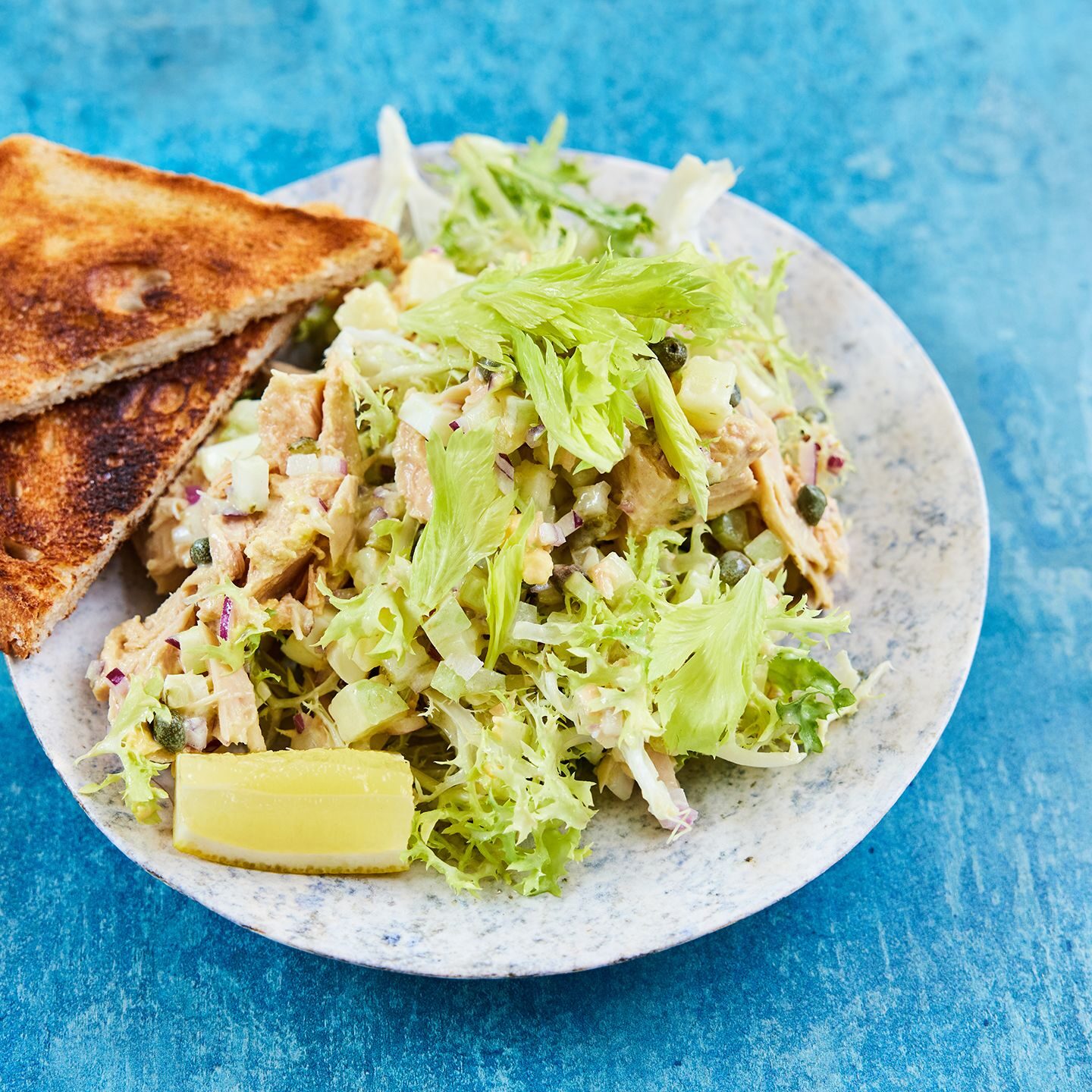
Cheatham notes that while the dish looks light, it’s packed with protein from the tuna and eggs. And she emphasizes the importance of buying canned tuna with an MSC label on it.
MSC’s 2023 Ocean Cookbook features dishes from seventeen different chefs representing cuisines from all over the world, like Smoked Salmon and Mango Salad and Steamed Hake with Vegetables. Each recipe is paired with a quote from a fisherman who catches the seafood variety to help “make the connection back to the ocean,” says Cheatham.
“Sustainability includes our future, is the way I think about it,” said Jack B. Vantress of the American Albacore Fishing Association in Cheatham’s recipe. “So it’s important to choose sustainable seafood because this is our future.”
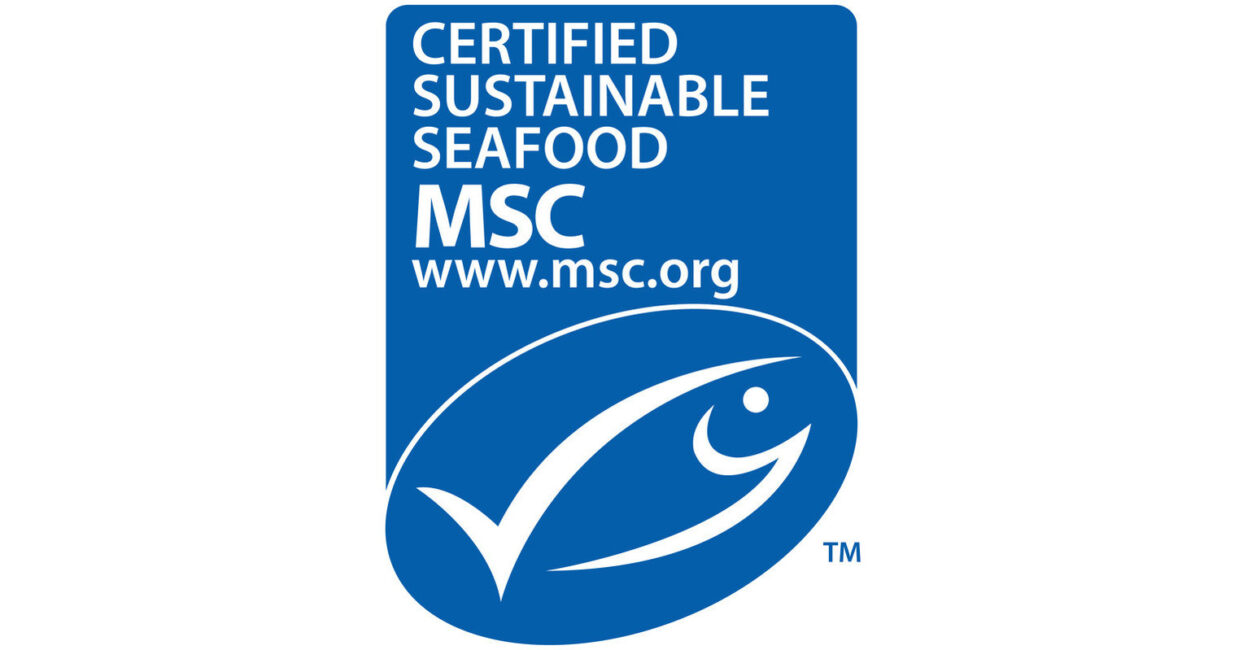
THIS STORY IS IN PARTNERSHIP WITH OUR FRIENDS AT THE MARINE STEWARDSHIP COUNCIL
Natalie Gale is a Boston-based freelance journalist. When she’s not writing about art, food, or sustainability, you can find her biking to the farmers’ market, baking, sewing, or planning her next Halloween costume. Say hi on Instagram!
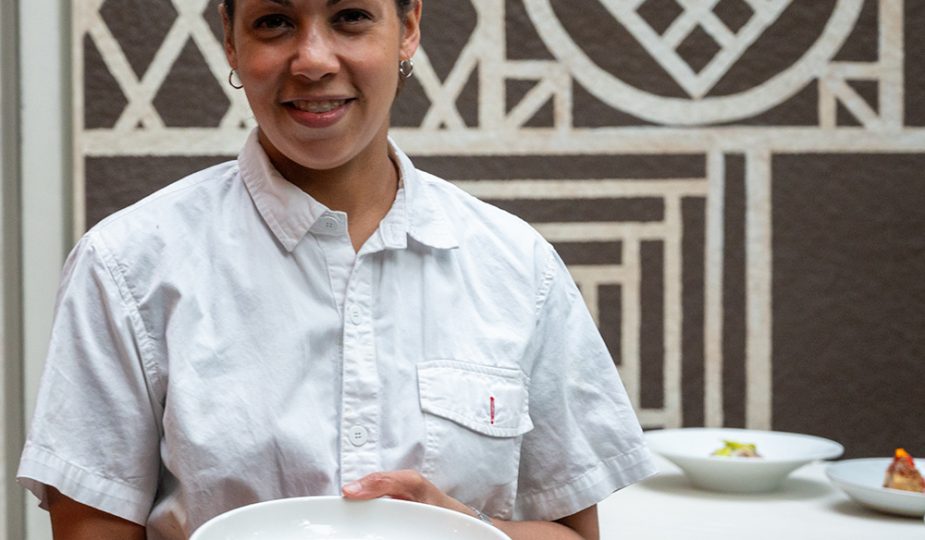
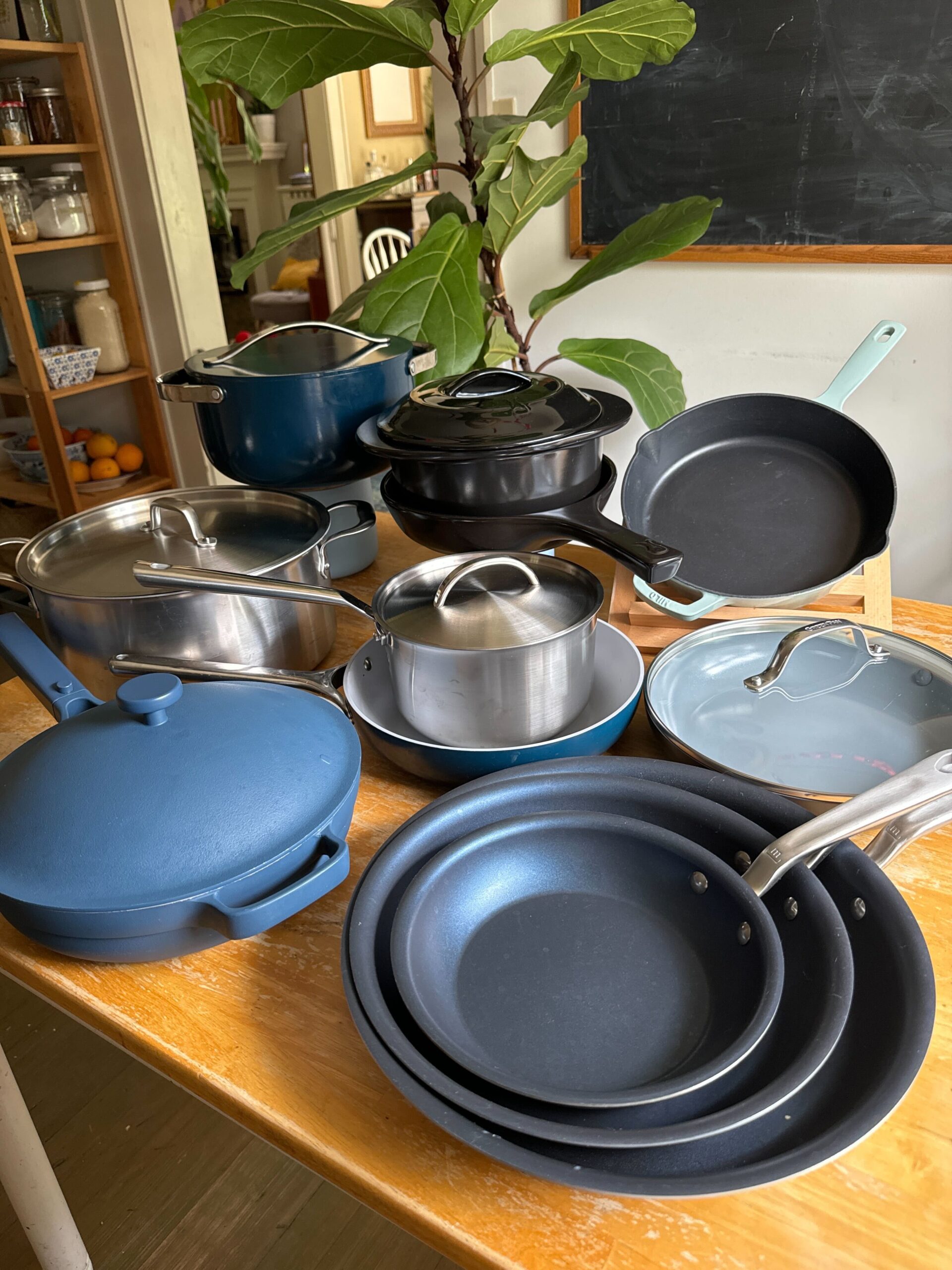

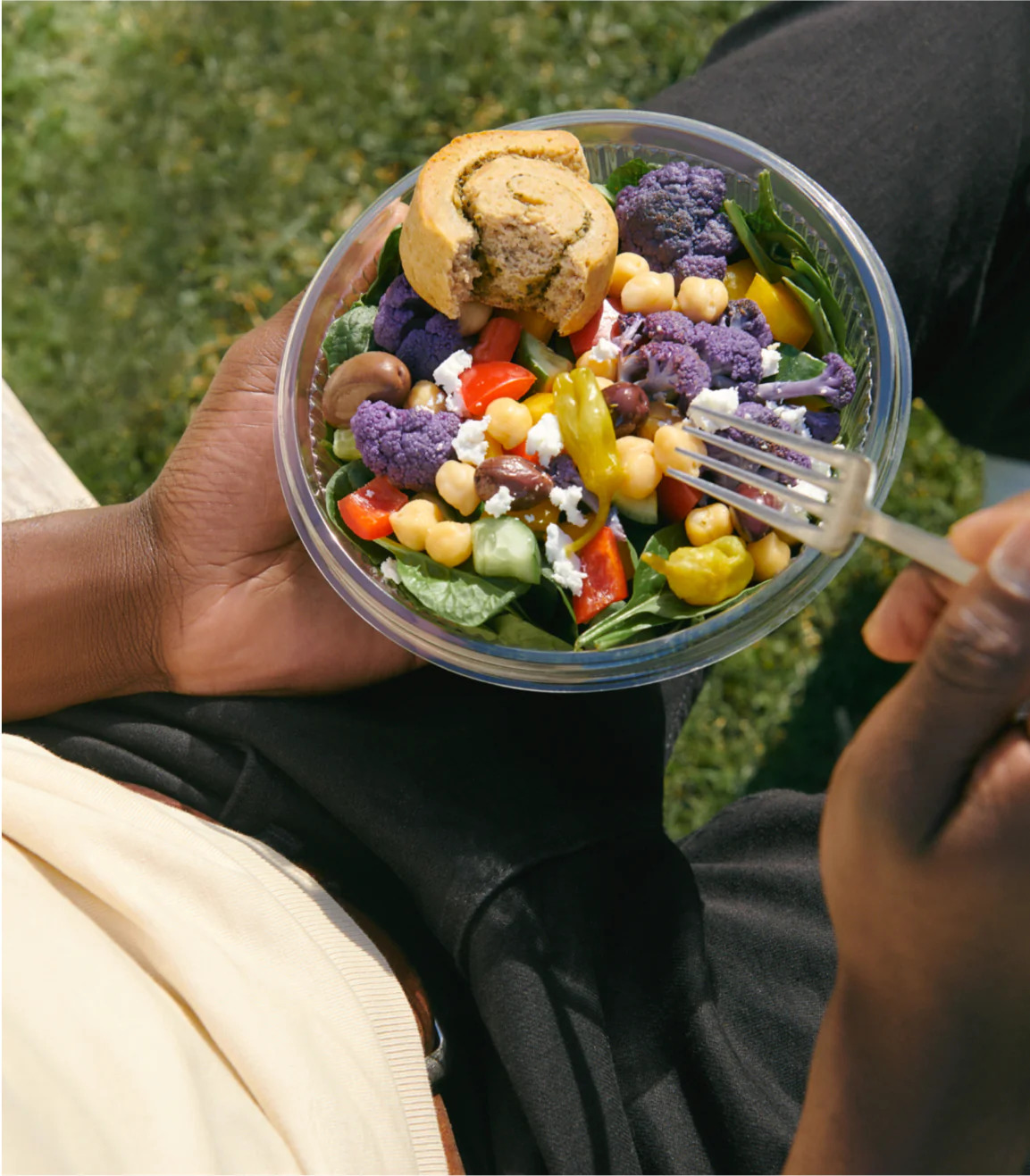

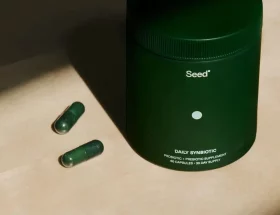

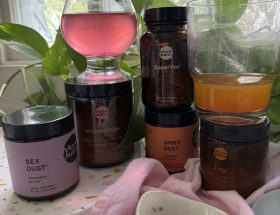


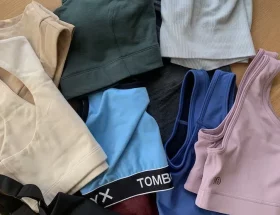






helloI like your writing very so much proportion we keep up a correspondence extra approximately your post on AOL I need an expert in this space to unravel my problem May be that is you Taking a look forward to see you